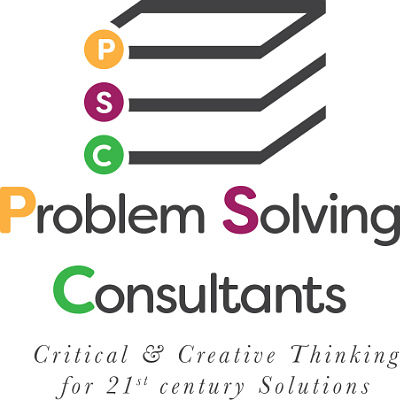I cannot think of another social movement in recent history which has done so much to stifle constructive dialog and collaborative problem solving. Whatever the motivation, PC has now become a weapon for those who refuse to acknowledge the value of people holding different viewpoints, much less looking objectively at the value of their ideas. According to PC proponents we must hold their viewpoints and march in lock step with their views. Differing perspectives, differing viewpoints result in personal attacks on individuals who dare to voice a different opinion. Problems abound because the proponents insist on focusing their efforts on personally attacking those individuals rather than collaboratively focusing on the issue or situation causing the problem. Political correctness has shut down any conversation involving difficult topics. People are walking on eggshells, afraid of being called whatever “-ist” the PC police will label them if they voice a different viewpoint. For people who allegedly want to defend the feelings of others, the PC crew sure do fail to follow their own rules when they attack individuals who dare to express some independent thought. Ethics and morality be damned in the PC world.
ENOUGH OF THIS INTELLECTUAL TYRANNY CLOAKED IN THE APPEARANCE OF MANNERS!
As the leader of your organization what positive steps do you take to encourage conversation and collaborative problem solving? Or have you taken the path of least resistance and just allowed political correctness to rule? If that’s the case, take a good look at the quality of problem solving in your organization. If you want some “correctness” in your organization, implement emotional correctness. More on that to come.
